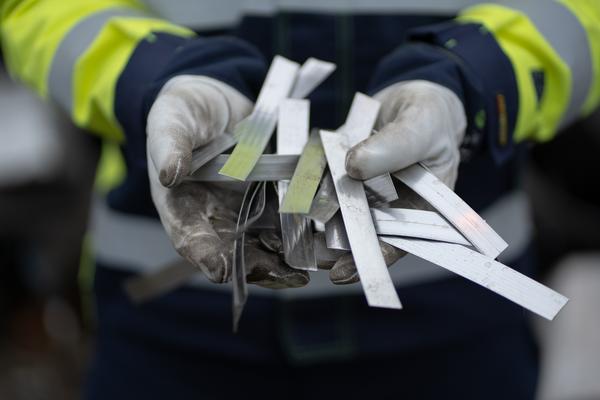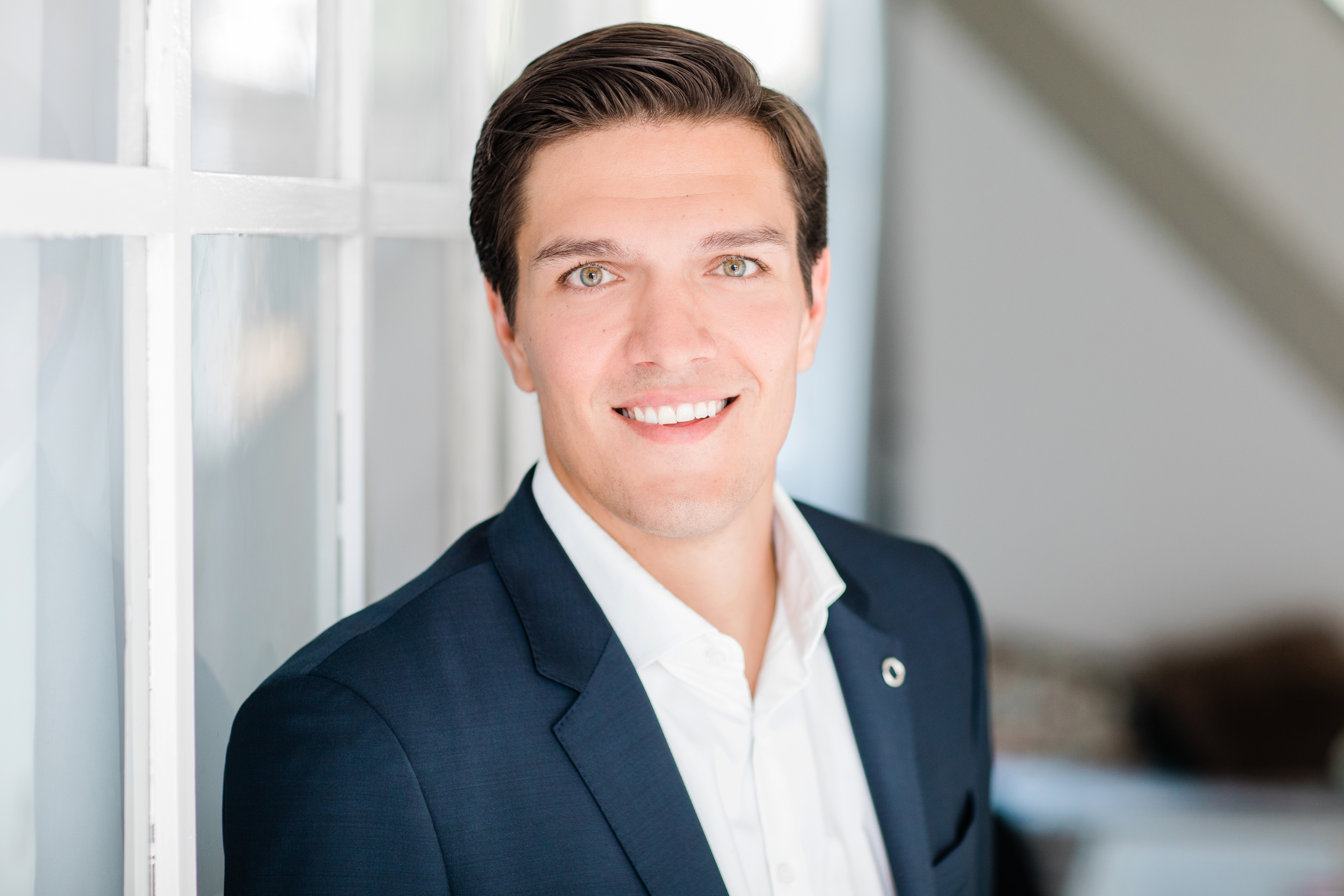Outokumpu has launched a new circularity initiative, Outokumpu Inner Circle, to strengthen the circular economy in Europe. Max Menzel, Outokumpu’s Head of Sustainability & Technical customer service, explains more about how this first-of-its-kind initiative will help the steel industry to achieve the green transition.
The Inner Circle initiative brings together stainless steel users and scrap suppliers to bring more transparency to supply chains and smoothen the path from scrap to sustainable stainless steel production – ultimately creating a closed loop for steel scrap. The impacts of the initiative will however reach even wider.
“Outokumpu has the lowest carbon footprint in the stainless steel industry, also thanks to the highest recycled material content rate in our industry, 94%. In a nutshell, the more we are able to re-use, the lower our emissions are. We would like to enable our customers and partners to actively participate in these efforts and bring valuable benefits for their respective sustainability targets and reputation. Together we can work towards a world that can last forever”, Max Menzel explains.
Positive impact for both the business and the environment
Within the initiative, Outokumpu’s role is to steer the initiative and create networks between customers and verified scrap suppliers. The scrap suppliers’ role is to ensure a sustainable supply chain by collecting scrap from the initiatives partners and to distribute the scrap sustainably. Customers who join the program will bring the scrap back into the cycle after processing the material or by the end of the product’s life cycle.
“Together we can show strong initiative and leadership by spearheading the move towards a more circular and a closed-loop economy. Our partners can join this unique initiative which is the first in the industry and demonstrate to their leadership in circular economy to their customers and stakeholders. We will work together with our partners to enable transparency and respective communication to which they can also utilize to proof-point their leadership”, Max Menzel says.
The initiative is now entering its first phase with a couple of frontrunner partners. However, the initiative is open and welcomes all scrap suppliers and stainless steel consumers from Europe to participate.
“This is a unique opportunity to show how to enable more effective circular economy in action. I’d like to welcome our partners to utilize this opportunity to create positive impact for both the business and the environment. No one can do circular economy alone”, says Max Menzel.

Innovating for a more and more effective circular economy
The initiative originated by recognizing a challenge: more cooperation between scrap suppliers and stainless steel users is needed to drive circularity to a new level. Scrap is a key raw material for Outokumpu’s sustainable stainless steel production and has helped to achieve the lowest carbon footprint in the industry.
“We are constantly innovating and looking for new sustainable business models to push the industry forward in sustainability. Inner Circle is our latest innovation on this front”, says Max Menzel.
By using existing, efficient supply chains, ways for the scrap from customers back to the producers can be shortened. As all partners within this initiative will be verified, we can ensure ESG compliance throughout the supply chain and bring transparency. Ultimately our vision is to create a close loop for steel – a unique example of circular economy in action.
“We believe the world does not need more things – but things that last. And when a product is at the end of its life cycle, it should be brought back to life by becoming raw material for something new. Every piece of scrap has a part to play in a more sustainable future. It is in our hands to give it the opportunity”, Max Menzel says.
As a material, stainless steel is at the heart of circular economy as it is 100% recyclable. Further, in Outokumpu’s production the recycled material content is 94%. This has had a direct impact on Outokumpu’s carbon footprint which is the lowest in the industry.
“We already know why the circular economy is a must. Now we need to show how circularity can be achieved”, Max Menzel concludes.

